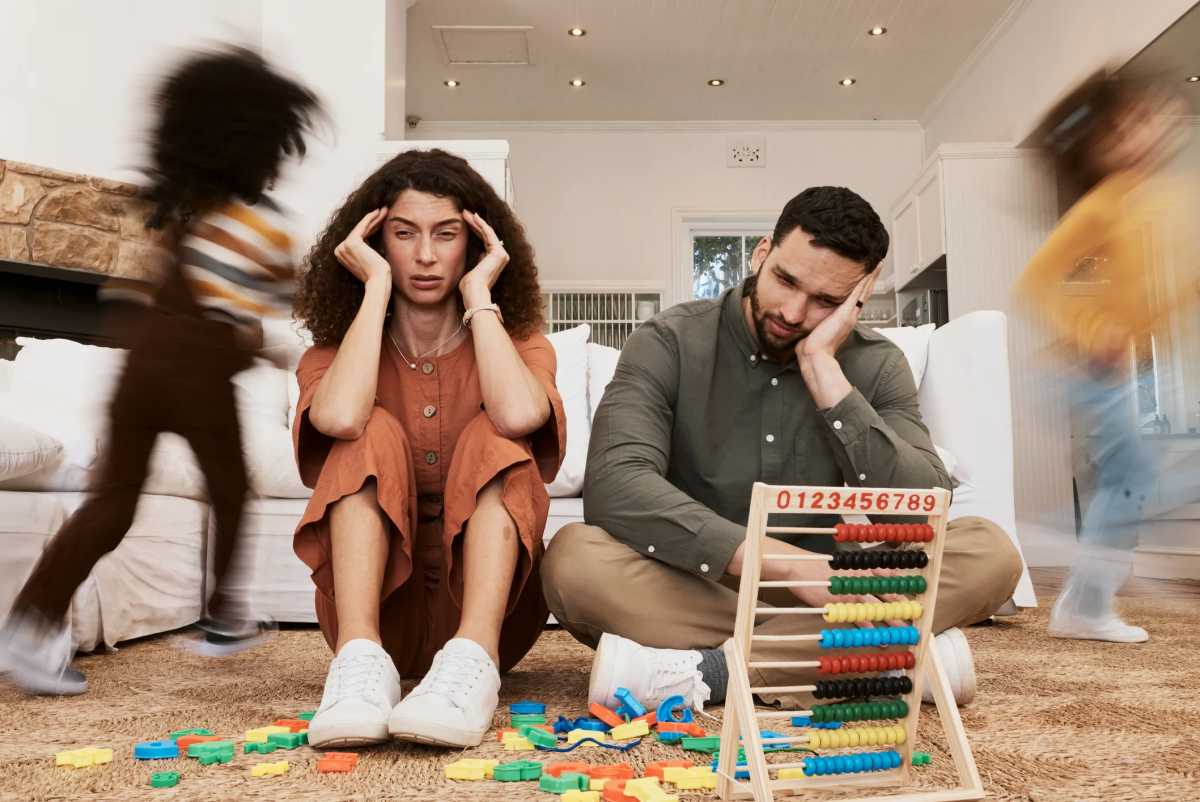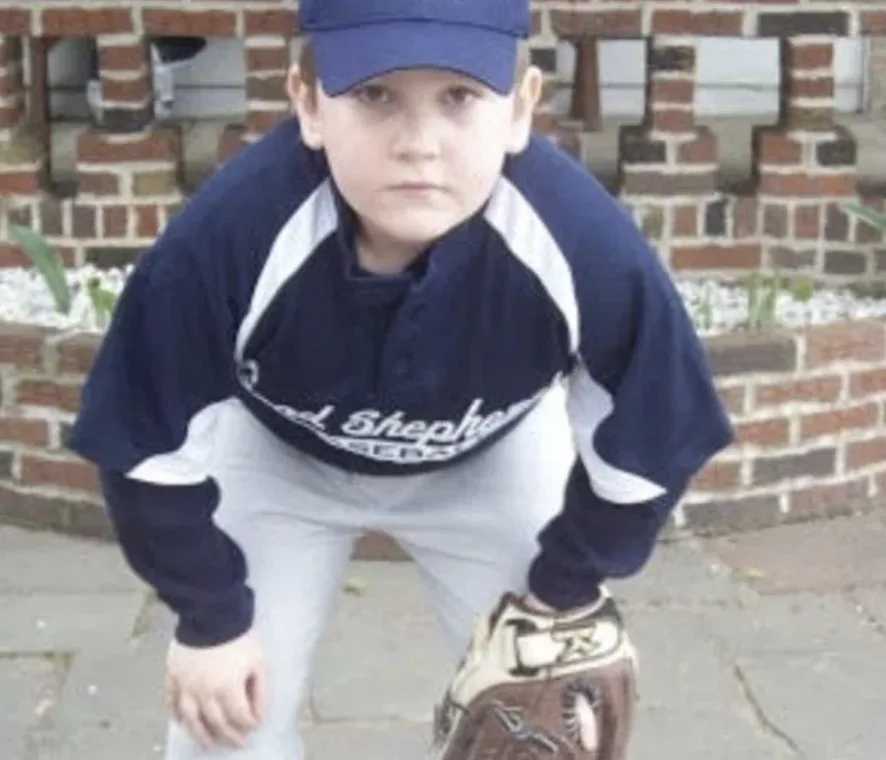It’s almost a monthly ritual. Your child comes home from school with a note in his or her backpack letting you know that a case of strepthroat has been reported in class. Should you be worried? Has your child been exposed? Should you run to the pediatrician?
What is strepthroat anyway?
We spoke with Valerian Hazan, M.D., a pediatrician with the Montefiore Medical Groupin Eastchester, to get some answers.
What Is StrepThroat?
Strepthroat is a fairly common bacterial infection caused by streptococcal bacteria that generally begins in the throat or on the skin. However, not all streptococcal bacteria are created equal. “The bacteria that we’re interested in is groupA streptococcus,” says Hazan. “It is transmitted from person to person, so it’s very common in schools, day cares, or other places where kids come together.”
Symptoms of strepcan include a sore throat, red and white splotches in the throat, swollen glands or reddened or enlarged tonsils. However, in some cases they can also include headache, fever, nausea, stomach pain, or even a rash.
How Do You Know If It’s StrepThroat?
Since many of the symptoms of strepthroat mimic those of other illnesses, it is a very difficult infection to accurately self-diagnose. “Kids between the ages of 1 and 3 can have a strepinfection that can present initially as just a runny nose,” says Hazan. “Loss of appetite, crankiness, these can be all the signs you get in a 1- or 2-year-old.”
Just because a child’s throat is not red or sore does not mean he or she is strep-free. Hazan estimates that upto two-thirds of cases may not have an obviously red or inflamed throat or tonsils. “There are quite a few kids who have more cold symptoms or abdominal symptoms than a sore throat, and it’s strep,” he says.
There is one symptom, however, that is almost never present with strepthroat. “If there’s a significant cough associated, that’s usually not strep,” says Hazan. “That’s a viral infection and it’s going to run its course. Strepwill never make a child cough.”
When Should You See a Doctor?
With all that in mind, it may seem like you should run to the pediatrician every time your child sneezes, but Hazan emphasizes that isn’t the case. In general, a parent can use their common sense. If your child complains of a sore throat a day or two after that warning note comes home, you should probably see the doctor. Likewise, if a good friend of your child’s comes down with strepnot long after they’ve spent a lot of time together, you should definitely visit your pediatrician.
“You cannot prevent strepif you are directly exposed and have close contact with someone who has it,” says Hazan. “Strepoften gets transmitted in the air through droplets. That’s why it’s so important for kids to cover their faces when they cough or sneeze and to wash their hands frequently.”
How Dangerous Is StrepThroat?
While uncomfortable, strepthroat by itself is not generally life-threatening. However, it is important to treat strepthroat right away because of what it can evolve into.
“The [reason] we are so interested in treating strep… is because you need to prevent [secondary infections] from this infection,” says Hazan. “If groupA strepthroat is not treated, the old teaching used to be that it leaves the throat by the heart. You have the symptoms for a while, but then the symptoms go away even without medication. The sore throat disappears, the fever goes down. But what happens is the strepstays in your body and can affect your heart [for example as rheumatic fever]. And if it affects your heart, this is a life-long condition with very significant potential problems.”
What Is the Treatment for StrepThroat?
When your child visits the pediatrician to check for strep, the doctor will take a throat culture. “When a child comes in the office, we always do a rapid streptest. That has a pretty good sensitivity,” says Hazan. “If the test is positive, then the child is treated. If the test is negative, there’s still a 5 to 10 percent chance that it’s a false negative, so we send the test to a laboratory for confirmation. That usually takes 48 hours to come back.”
The reasoning for doing a rapid test when there’s still a chance for a false negative is that if the test is positive treatment can start immediately, rather than having to wait an additional 48 hours.
If either test comes back positive, the pediatrician will prescribe a 10-day treatment of penicillin or another antibiotic. It is important for the child to complete the entire 10-day course of treatment. “You don’t want to cut corners with strep, because if you don’t treat it fully, you can create resistance to antibiotics and [the infection] may even come back. So it’s important to finish the 10-day course that the doctor prescribes,” says Hazan. Generally, a child will no longer be contagious 24 hours after he or she begins treatment, even if they have not yet finished the full course.
Hazan also stresses that parents should never treat their children with any leftover antibiotics they may have at home, for fear of doing more harm than good.
Strepthroat is a normal part of childhood. The important thing to remember is that the next time that note comes home, ignoring it can lead to serious complications, so have your son or daughter checked as soon as they start showing any signs of illness other than a cough. That way you can ensure that strepthroat remains nothing more than a nuisance.
David Neilsen is a freelance writer, dad and frequent contributor toWestchester Family.
















